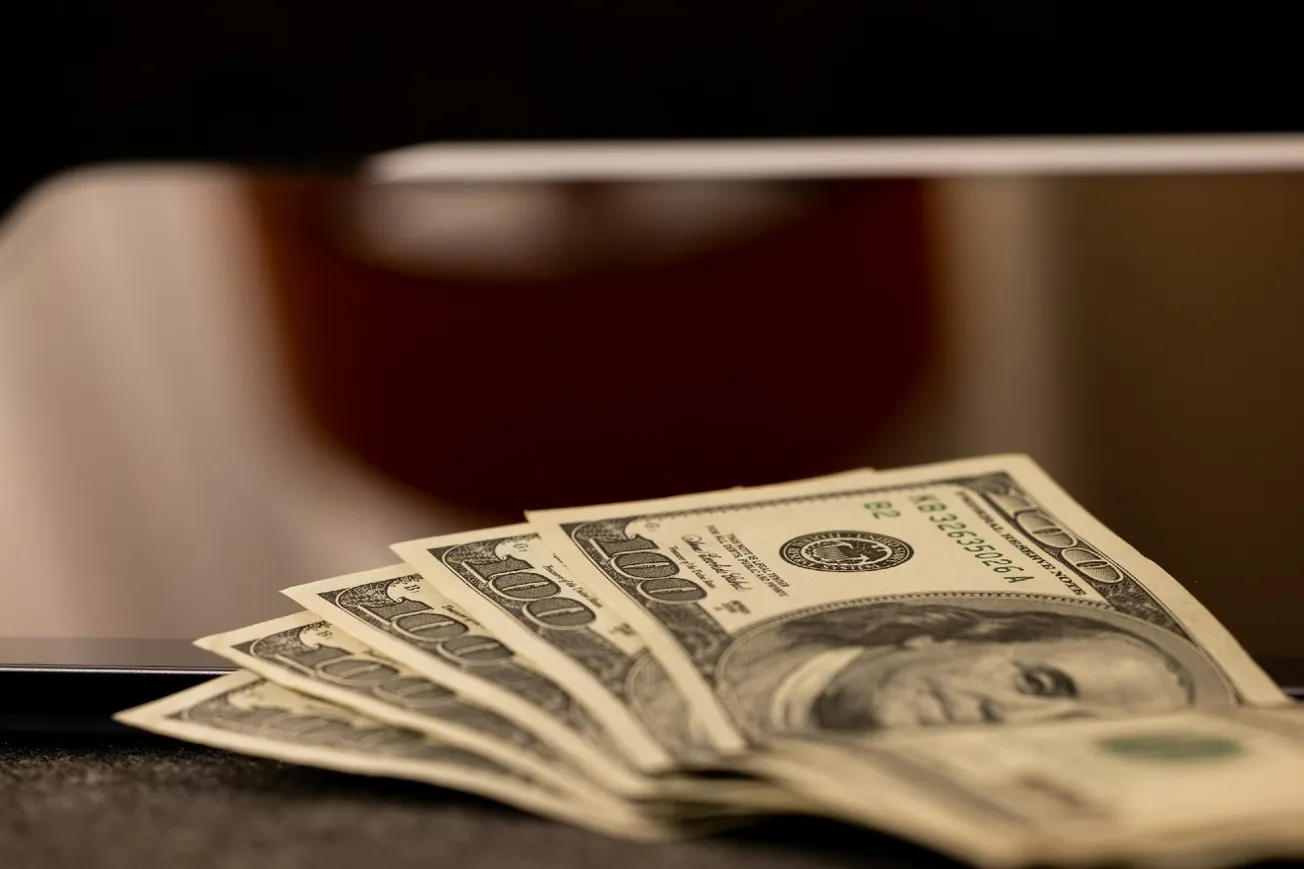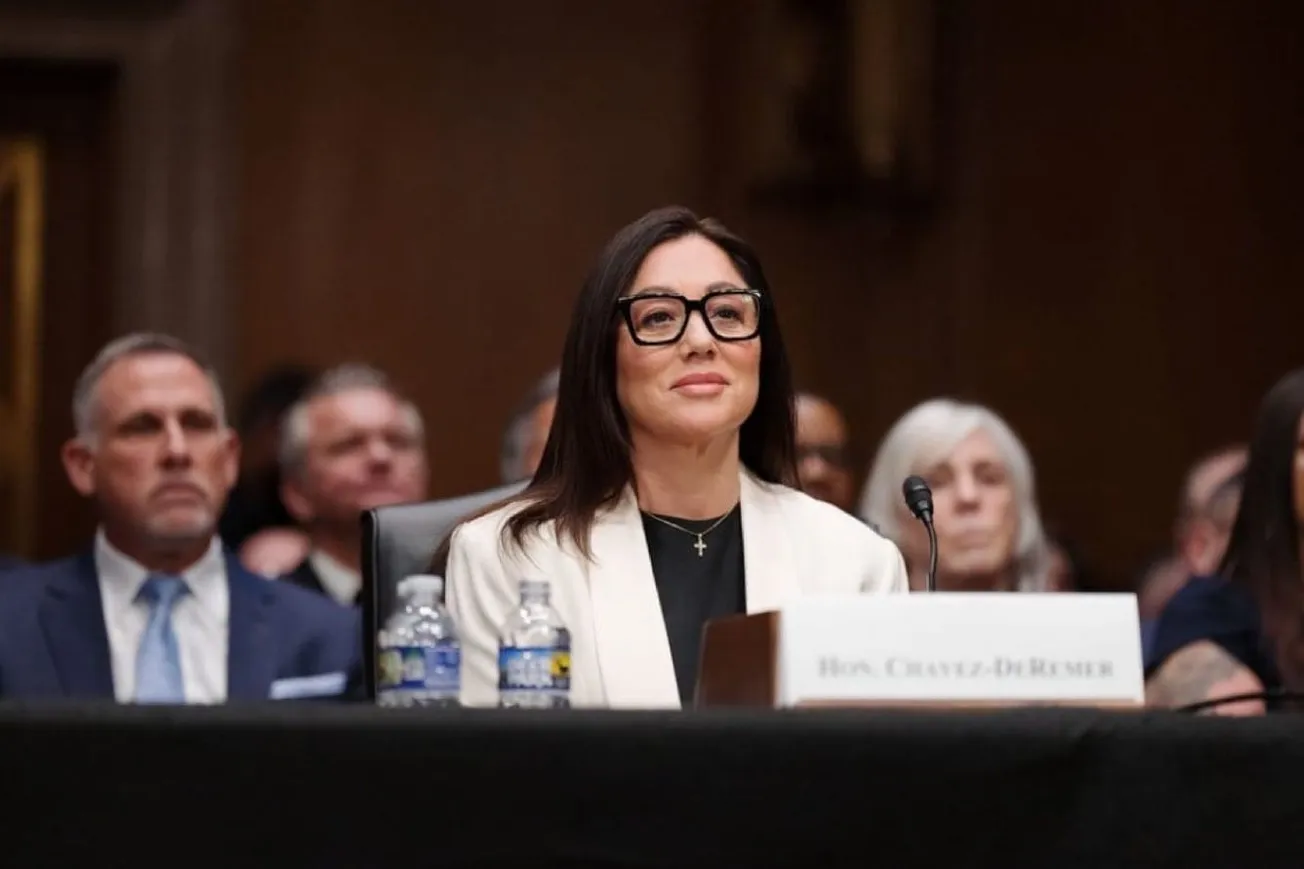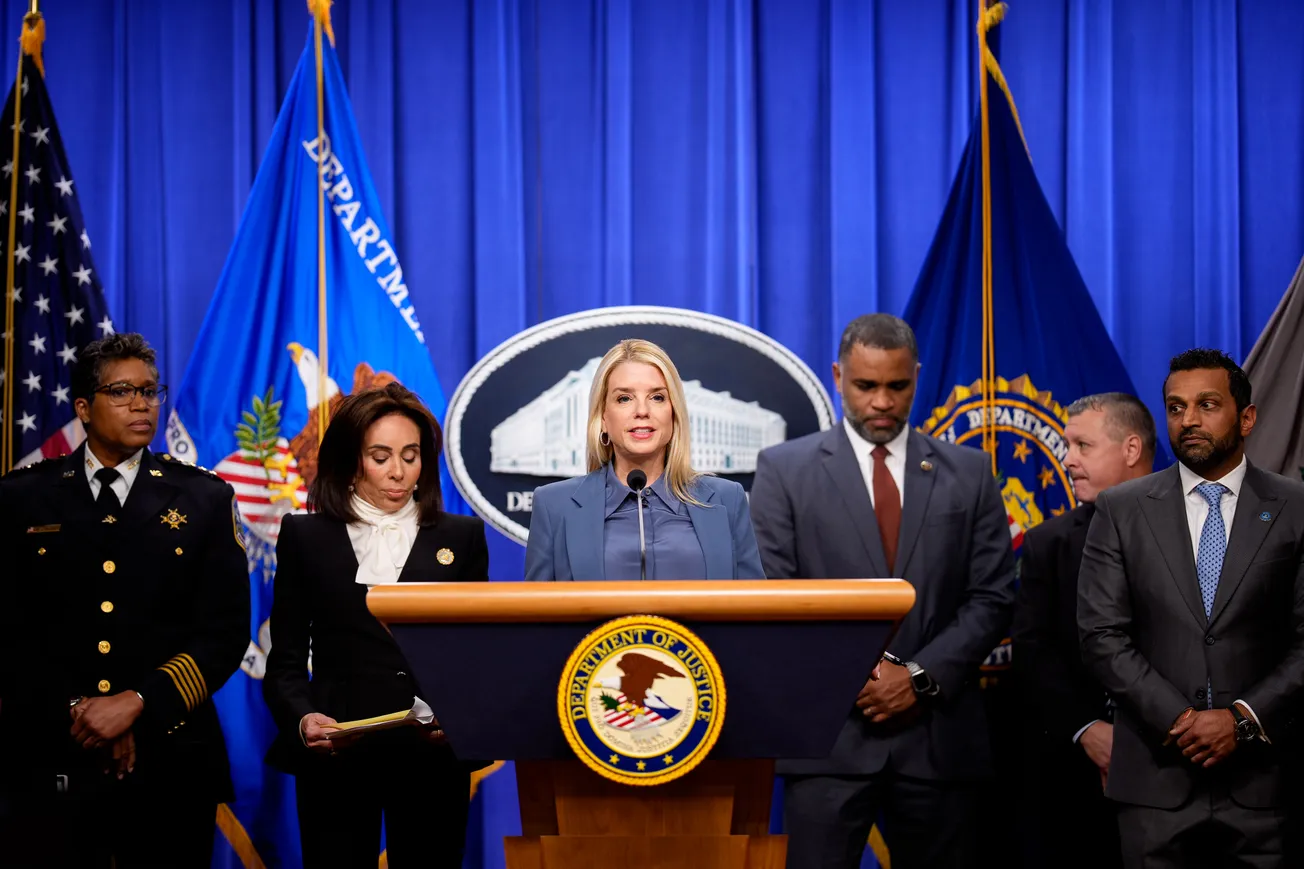By Artis Shepherd, Mises Wire | January 12, 2025
Capital markets, monetary policy, fiscal policy. The extent to which these three factors intertwine is of no small consequence to the American economy. On one hand, loose monetary policy generally enables the politically-desired fiscal policy—big deficit spending—by lowering the cost at which governments borrow. Loose money also enables rising asset prices through compression of cap rates—a shorthand valuation method wherein discount rates to future cash flows (which are themselves subject to increasingly fantastical projections as interest rates decline) are lowered, thus increasing present value.
In turn, rising asset prices provide political cover by creating a wealth illusion—a politically useful context in which high asset values belie weak fundamental performance in the main street economy. Thus, governments receive less pushback on price inflation and profligate government spending while Americans are distracted by increasing brokerage account balances.
These three factors—capital markets, monetary policy, and fiscal policy—are interdependent as practiced today in our bureaucratically-controlled economy, relying on interplay to prop up an economic mirage. This mirage briefly vanished after Fed Chairman Powell’s December press conference, providing a glimpse into the workings of this interdependence and its lurking fragility.
Number Go Up
The US stock market averaged more than one new all-time high every week in 2024. Despite poor breadth, valuation multiples are as high as they were during the peak of the dot-com bubble of 2000. Alternative assets like cryptocurrencies are experiencing massive increases in dollar-bound prices. Home prices are at all-time highs and inventory is low, indicating little chance of broad price decreases. In the commercial real estate markets—once you look past record levels of distress—negative leverage is pervasive, indicating unlevered returns that fall short of the cost of debt required to finance them. Imagine taking a loan at 10 percent interest to invest in a bank CD that only pays 5 percent.
From the perspective of the Fed and the US administration—both incoming and outgoing—the foregoing description of our economy is desirable. A feeling of wealth is maintained as asset bubbles proliferate, despite real wages being precisely where they were prior to the covid panic. The financial economy is outstripping the real economy, but bureaucrats may point to stock market highs as proof of their leadership prowess.
In the realm of fiscal policy, fiscal year 2025—which began in October—is on a crash course with history. The first two months of the fiscal year have produced a cumulative deficit of $625 billion, putting the country on track to record a $3 trillion deficit for the year, higher even than the covid panic-induced deficit of 2021. Such improvidence juices headline economic figures, including GDP and unemployment. Government spending facilitates higher numbers in the former while an increasing number of government workers and contractors reduces the latter.
Needless to say, higher fiscal spending is deemed a political necessity as the general economic situation declines. What better way to shore up support than by throwing money at the situation?
On the monetary front, the Federal Reserve continues to do their part in distorting reality by driving down interest rates, which serves to drive up asset prices and facilitate wealth illusion. Nonchalant about their supposed inflation mandate, the Fed has chosen to foster another round of easy money in hopes of forestalling a recession. Or, at the very least, driving up asset prices such that a recession is harmful only to the plebes.
There is a hair in the soup, however. As the Federal Reserve has dropped benchmark interest rates, US treasury rates have gone in the opposite direction, increasing notably. US treasuries are an important benchmark in capital markets. For one, they represent the “risk-free” rate against which risky assets are measured. The riskier the asset, the higher risk premium investors demand from it. Higher risk premiums entail lower valuations, all else equal.
At the moment, markets are drastically compressing these “risk spreads” such that expected returns to investors—even in lower credit assets like junk bonds—are still quite low. This complacency can’t last, however, as treasuries continue flashing warning signals in the form of higher rates.
This dynamic combined with the less-dovish-than-desired language from Powell at the December meeting made for a tantrum from capital markets participants, with assets tanking across the board. Note that Powell didn’t increase interest rates, nor did he signal that rates would be increasing anytime soon. He simply indicated that the pace of rate cuts would decline slightly from the market’s expectation. That was enough to send markets into panic mode.
Higher treasury yields for longer will almost certainly mean lower asset prices, higher price inflation, and a federal budget that increasingly careens out of control due in no small part to excessive interest costs.
Two out of three of these conditions—lower asset prices and a brake on fiscal spending—are politically unacceptable. Therefore, a reasonable person could draw the conclusion that the Federal Reserve—likely in coordination with the incoming administration—will institute another round of quantitative easing (QE). Price inflation will reaccelerate, but so will asset prices. And a reduction in treasury yields by brute force will appear increasingly like the only way to enable continued deficit spending. Subsequently, as asset prices rise along with consumer prices, the average American will continue to suffer at the expense of the political class.
All Aboard the Crazy Train
Reducing one’s speed from 100 to 80 miles per hour in a residential zone is not a sign of restraint. By the same token, printing trillions of dollars while keeping interest rates at zero for an extended time before raising them to historically below-average rates does not constitute prudence in monetary policy. This is especially true in light of machinations in the reverse repo market that have effectively counteracted any balance sheet “tightening” the Fed has claimed to pursue.
No matter. Short-term rates controlled by the Fed are headed back down and even the pretense of prudence is abandoned. To the extent that market-determined treasury rates continue to spoil the party, expect the Fed to attempt removing the influence of the market and replacing it with the money printer via another round of QE.
What of the resultant reacceleration of price inflation and its impact on average Americans who can barely afford groceries, or a family dinner out? The Fed says, “Let them eat cake.”
Artis Shepherd is the Founder and Managing Partner of a private equity firm based in the Dallas-Fort Worth area, and previously worked for a sovereign wealth fund in the Middle East overseeing their hospitality investments in Europe, Africa, and Asia.
Original article link









